
Don’t Yank This from the Cracks: Why Dandelions Deserve a Second Look
As you stroll through your garden or along the sidewalk, that bright yellow flower pushing through the cracks might seem like a nuisance. But before you yank it out, consider this: the humble dandelion (Taraxacum officinale) is far more than an unwanted weed. This resilient, nutrient-rich, and ecologically vital plant plays a key role in both human health and environmental balance. It’s time we give the dandelion the respect it deserves.
1. The Misunderstood Dandelion
Often dismissed as an invader, the dandelion is one of nature’s most resilient plants. Its deep taproot can extend over 10–15 feet underground, drawing up minerals and moisture inaccessible to other plants. This ability not only helps the dandelion thrive in poor soil but also enriches the earth for neighboring flora.
Beyond its toughness, dandelions are critical for pollinators. Their early-spring blooms provide bees and butterflies with vital nectar and pollen when few other flowers are available. Allowing dandelions to bloom supports biodiversity and strengthens local ecosystems.
2. Nutritional Powerhouse: Greens Worth Keeping
Dandelion greens are bursting with nutrients—rich in vitamins A, C, and K, as well as iron, calcium, and potassium. A single cup of raw leaves provides over 500% of the recommended daily intake of vitamin K, crucial for blood health and bone strength.
These greens are also loaded with antioxidants, helping the body fight inflammation and oxidative stress. Incorporating them into your diet is a simple way to add a natural, low-cost nutrient boost.
3. Culinary Versatility: From Garden to Kitchen
Dandelions are as delicious as they are nutritious. Their greens add a peppery, slightly bitter note to salads, similar to arugula. Sauté them with garlic and olive oil, blend into soups, or stir them into omelets for a flavorful twist.
The flowers, too, are edible—use them to make dandelion tea, fritters, or even wine. Their sweet, floral taste adds a rustic charm to homemade recipes. Even the roots can be roasted and ground as a caffeine-free coffee substitute.
4. Natural Medicine Cabinet: Centuries of Healing
Traditional medicine has long revered dandelions. In herbal lore from Europe to Asia, they are valued for their detoxifying and diuretic properties. Dandelion root tea supports liver and kidney health, while extracts have shown promise in lowering cholesterol and blood sugar levels in modern studies.
Their natural anti-inflammatory compounds may also ease arthritis symptoms and promote healthy digestion—proving that sometimes, the best remedies grow right underfoot.
5. Environmental Allies: Small Flowers, Big Impact
Dandelions are ecological workhorses. Their blossoms feed pollinators early in the season, and their seeds provide nourishment for birds like sparrows and finches. Beneath the soil, their taproots aerate and break up compacted ground, enhancing water flow and nutrient cycling.
When dandelion leaves decompose, they return valuable minerals—such as calcium and potassium—to the soil, reducing the need for fertilizers. Letting a few dandelions grow can actually improve garden health naturally.
6. A Plant with History and Heritage
Far from being a modern annoyance, dandelions were once prized crops. European settlers brought them to North America intentionally for food and medicine. The plant’s name comes from the French dent de lion, meaning “lion’s tooth,” a nod to the jagged shape of its leaves.
In ancient Chinese medicine, dandelions have been prescribed for over a millennium to treat digestive issues, inflammation, and skin ailments. Its longevity as a medicinal plant speaks volumes about its enduring value.
7. Foraging Wisely: How to Harvest Dandelions Safely
If you plan to forage, choose dandelions from areas free of pesticides, herbicides, and pollution. Avoid plants growing near busy roads or industrial zones.
The best time to harvest tender greens is in early spring, before the flowers fully bloom. Roots are richest in nutrients when dug up in the fall. Always rinse thoroughly before consuming or drying for tea.
8. Viral Hacks: Dandelion Tea and Skincare Trends
The internet has recently rediscovered the dandelion’s potential. Viral trends showcase dandelion root tea as a detox drink and dandelion-infused oils as natural skincare remedies rich in antioxidants. Some creators even fry the flowers into crisp, golden fritters—a nutritious twist on foraged food.
These DIY uses highlight the versatility of this often-overlooked plant and how easily it can integrate into wellness and beauty routines.
9. Gardening Benefits: Nature’s Aerator
Gardeners can use dandelions to their advantage. Their deep roots naturally loosen compacted soil, promoting aeration and water absorption. When mowed or left to compost, they release nutrients that benefit surrounding plants.
Instead of fighting them, consider letting a few grow around fruit trees or vegetable patches—they’ll do quiet, restorative work beneath the surface.
10. Economic and Sustainable Value
Dandelions offer a zero-cost superfood. They grow freely, require no fertilizers, and thrive in neglected spaces. Harvesting your own greens instead of buying packaged ones cuts costs and reduces waste.
They also fit perfectly into the growing global movement toward foraging, sustainability, and regenerative gardening, reminding us that abundance often begins with reimagining what we already have.
11. Changing the Narrative: From Weed to Wonder
Cultural perceptions are shifting. Campaigns like “No Mow May” encourage homeowners to let dandelions and other wildflowers grow, giving pollinators an early-season lifeline. Once symbols of imperfection, dandelions are now being celebrated as emblems of resilience, renewal, and biodiversity.
By embracing dandelions rather than eradicating them, we align ourselves with nature’s rhythms—and rediscover beauty in what we once overlooked.
In essence: Dandelions aren’t invaders. They’re healers, feeders, and survivors. The next time one pushes through a crack in the pavement, don’t see a weed—see a wild gift from nature, reminding us that strength often blooms where least expected.
News in the same category


EXCLUSIVE: Kerry Katona 'upset' over 'selfish' Katie Price as cracks show in friendship

Big Brother fans fume ‘she can't get away with this’ as they slam housemate
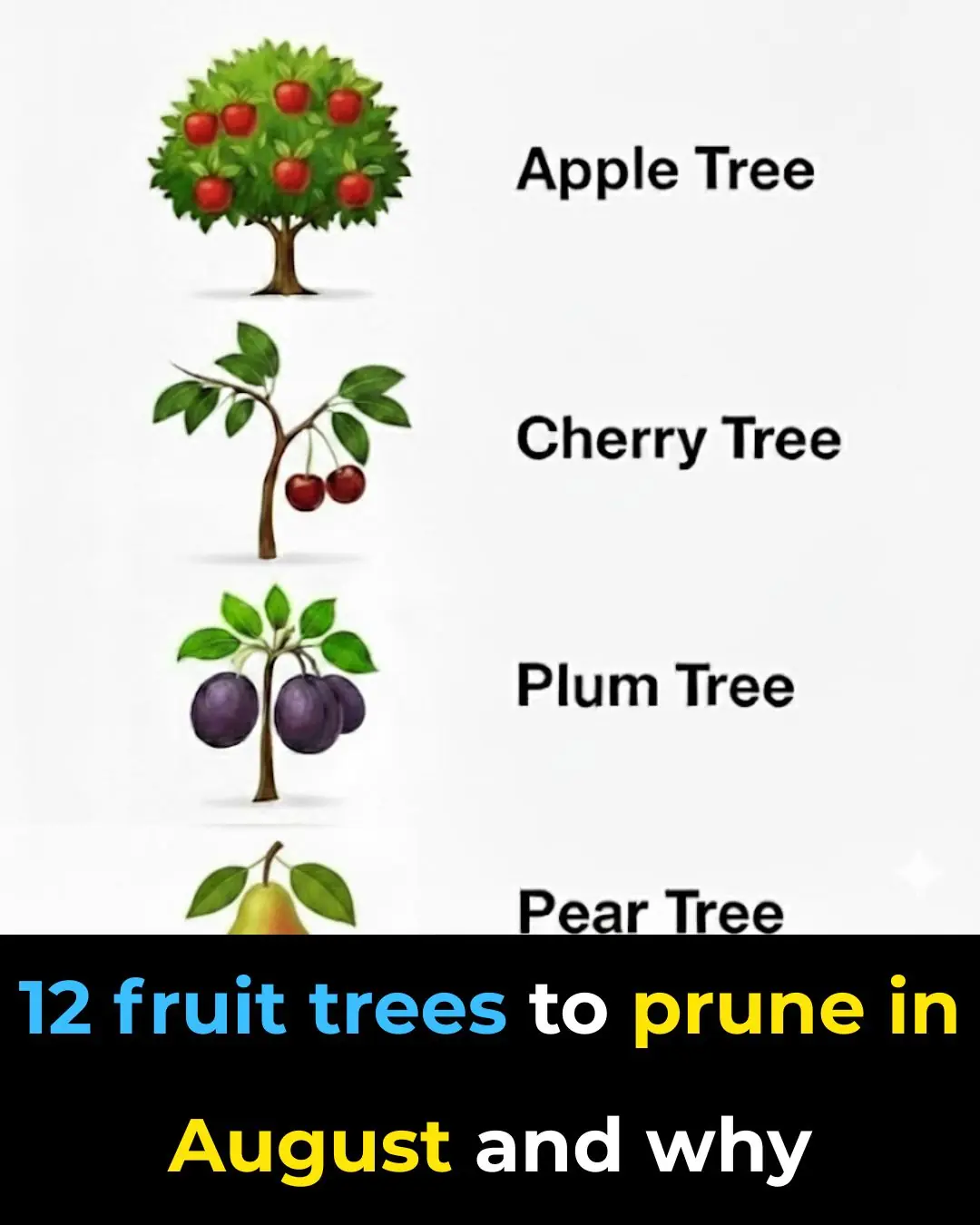
12 Fruit Trees You Must Prune in August — and the Science Behind It

If You Find This Snake in Your Yard, Don’t Harm It — Here’s Why

Ooops, Guess I’ve Been Doing This Wrong: Why You Should Rethink Using Saucers Under Planters
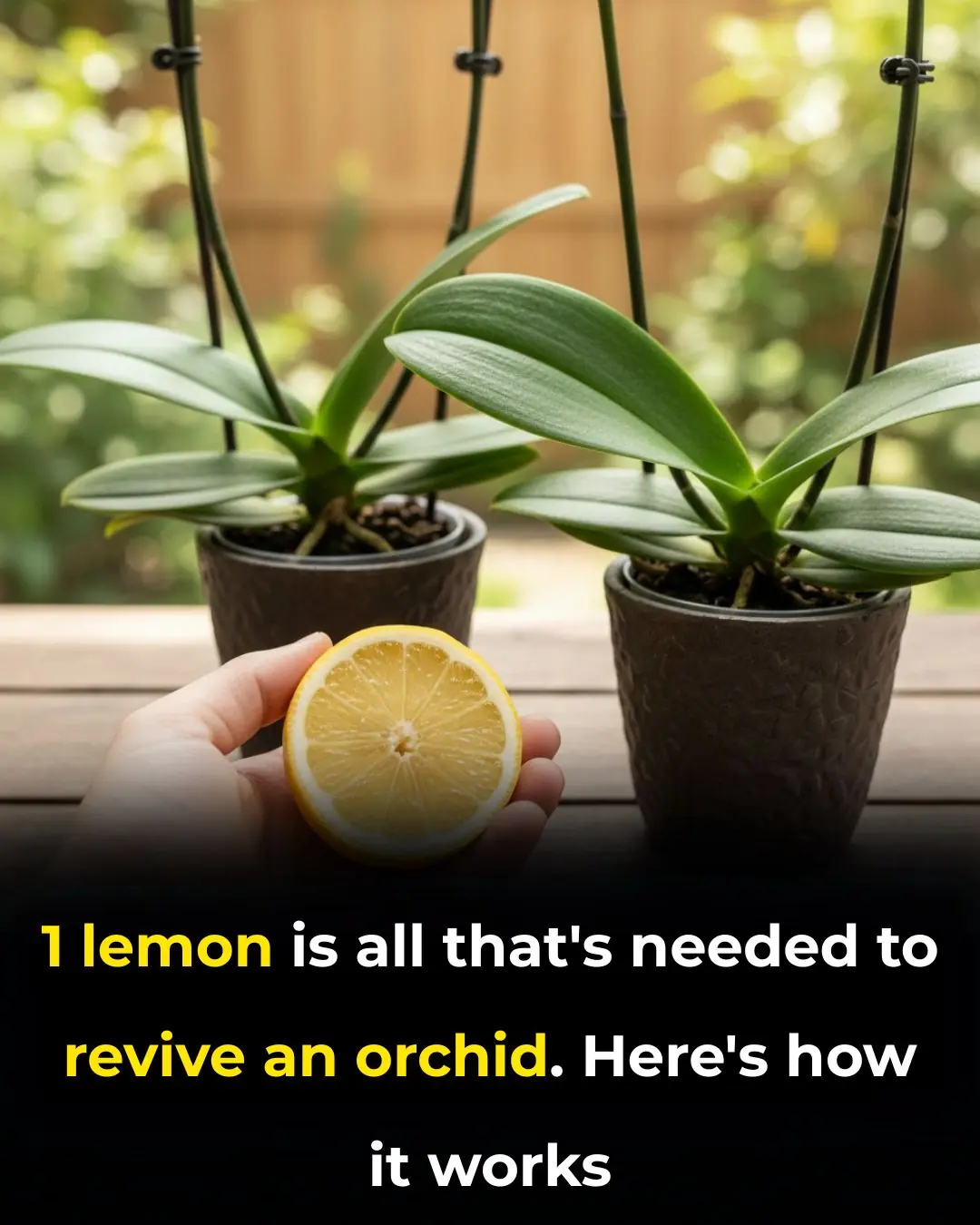
1 Lemon Is All You Need to Revive an Orchid: Here’s How It Works

4 Good Reasons Everyone Should Read Ralph Ellison’s ‘Invisible Man’ At Least Once

Soap Water: A Gardener’s Secret Weapon for Natural Pest Control
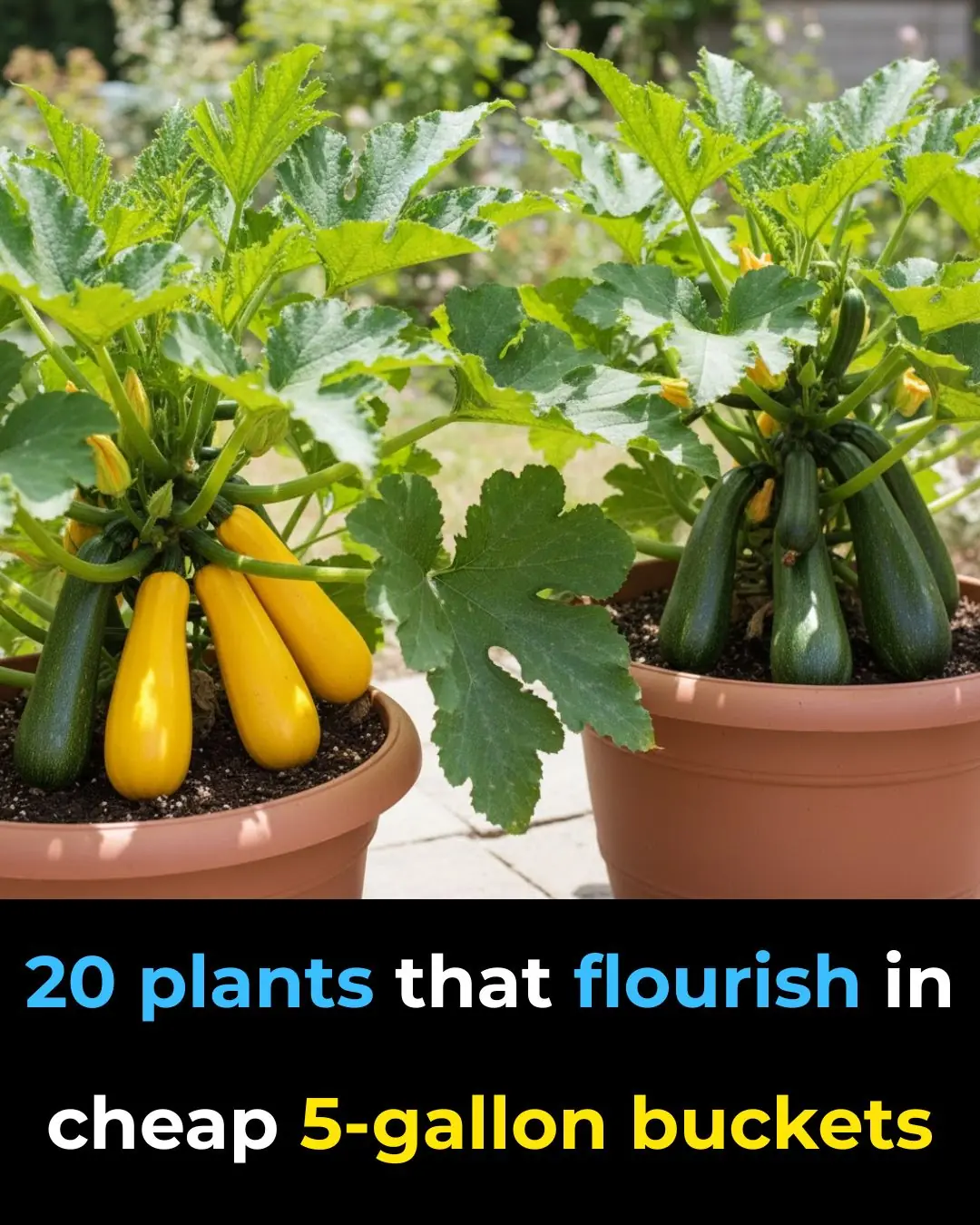
20 Plants That Thrive in Cheap 5-Gallon Buckets

Strictly star Vicky Pattison left in tears after Motsi Mabuse’s comment

Strictly Come Dancing fans ‘gutted’ as Halloween Week results leak and fan favourite heads home

Ex-SNL star Leslie Jones reveals tense encounter with ‘a–hole’ director at ‘SNL 50’ party: ‘Get your f–king hand off me’

How Sydney Sweeney reacted to jokes about her chest at Matt Rife comedy show — alongside Scooter Braun

Complaints pour in over treatment of Strictly’s longest-serving judge Craig Revel Horwood

Meet Mary J. Wilson, The First Black Senior Zookeeper At The Maryland Zoo

Meet the Black Woman Who Created a Nail Polish Line That Caters to Darker Skin Tones

Meet the Compton Teacher Who Sparked Kendrick Lamar’s Love for Words

Autumn Lockwood Is The First Black Woman To Coach In The Super Bowl
News Post

Washing and conditioning hair with beer helps reduce hair loss and stimulates continuous hair growth

Soak your whole body with warm ginger water before going to bed.

Discover the Meaning of a Black Cat Approaching You

Add ice cubes to the bone broth
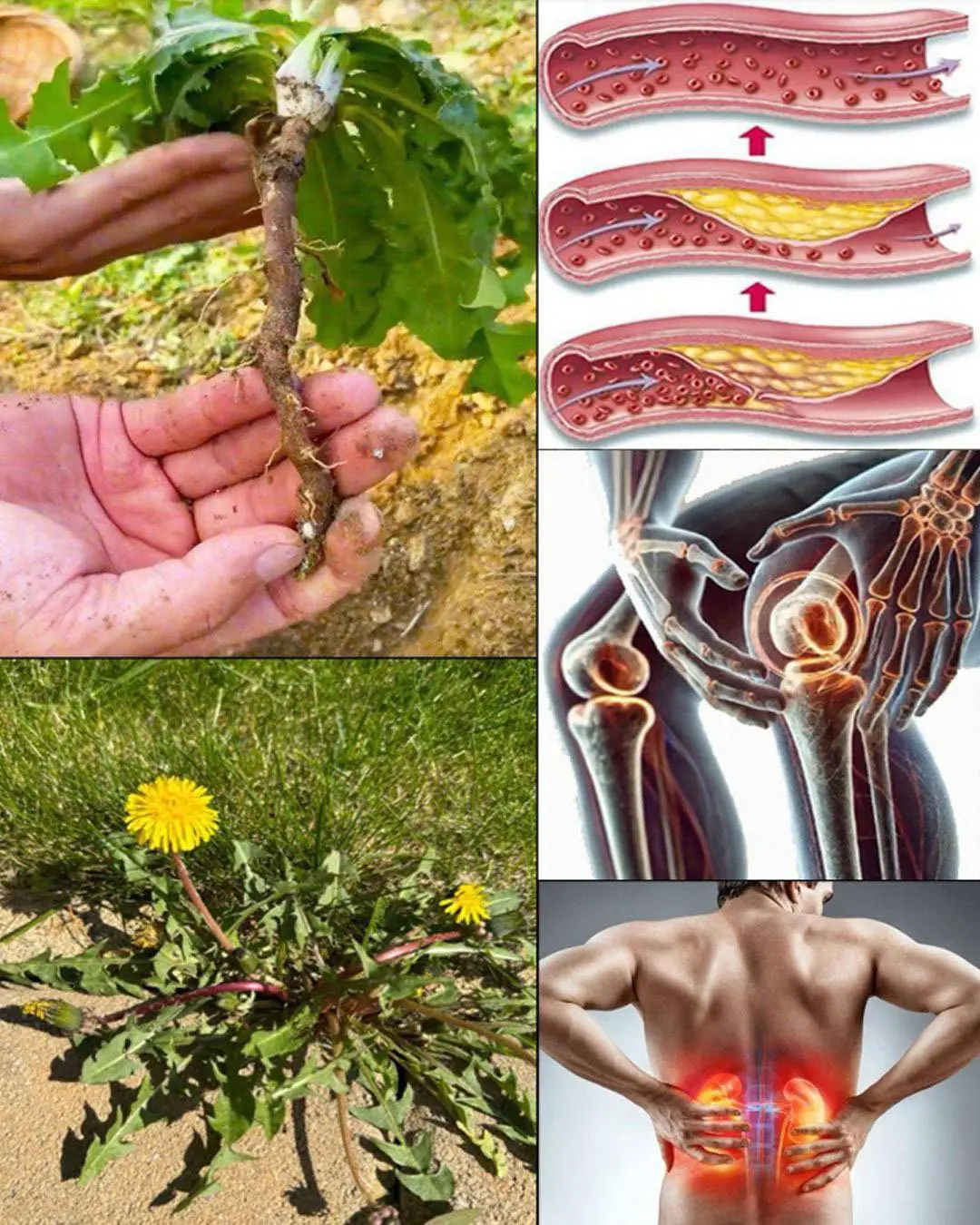
11 Benefits of Dandelion Roots

#1 Absolute Best Toenail Fungus Cure You Can Make at Home with Just 3 Ingredients
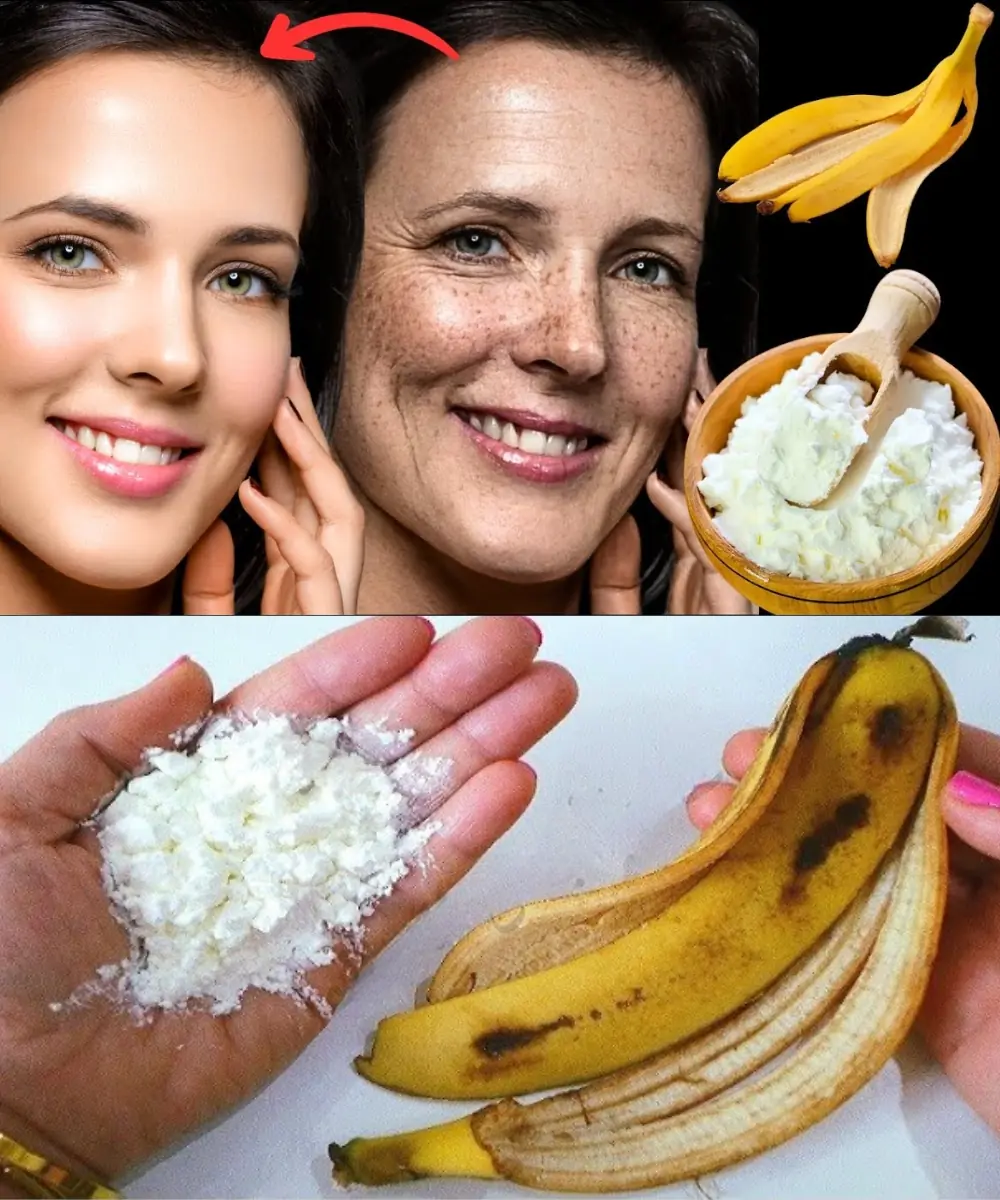
Banana Peel & Cornstarch: A Natural Skin Hack That Could Help You Look Younger
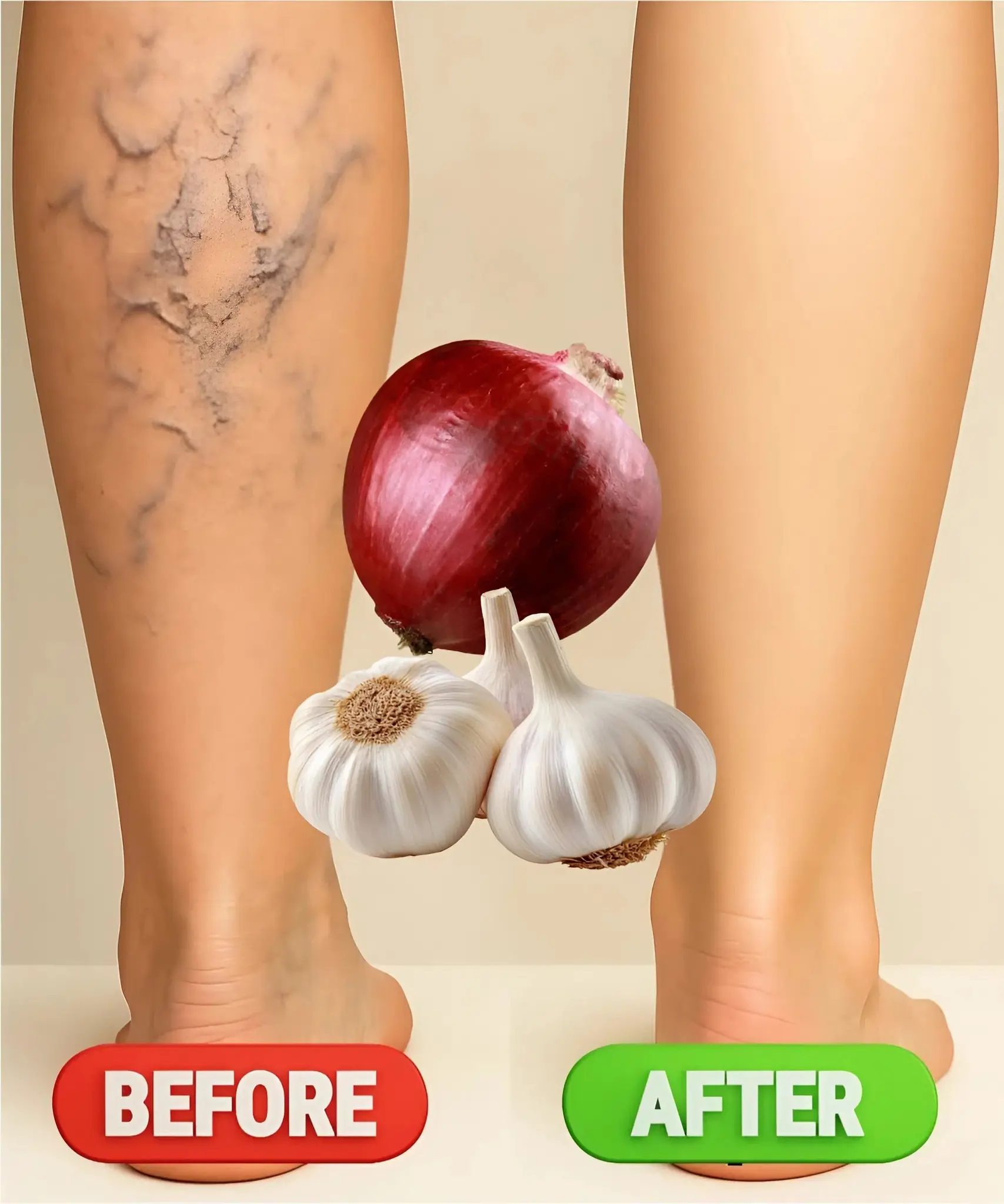
Homemade Remedies for Varicose Veins with Onion, Garlic, and Apple Cider Vinegar

Crema Casera con Vaselina que Rejuvenece la Piel al Instante

Top 5 Natural Remedies to Shrink Enlarged Pores and Achieve Smooth Skin
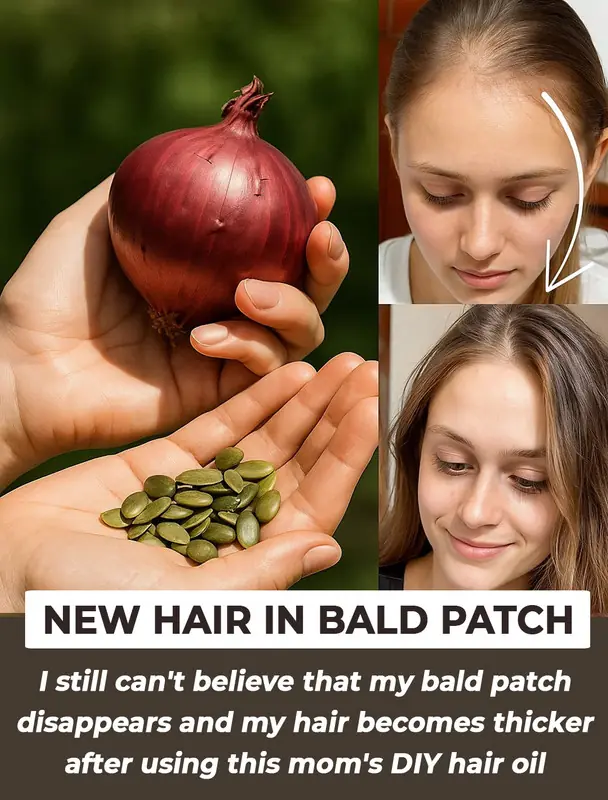
DIY Onion Sunflower Seed Oil: Get New Hair In Bald Patches

Homemade Carrot Oil for Glowing Skin: A Natural Solution for Dark Spots, Wrinkles & Anti-Aging

Glow Ice: Rice Water Cubes to Shrink Pores and Get Clear, Radiant Skin

The Body’s Intuition: Signs of an Impending End
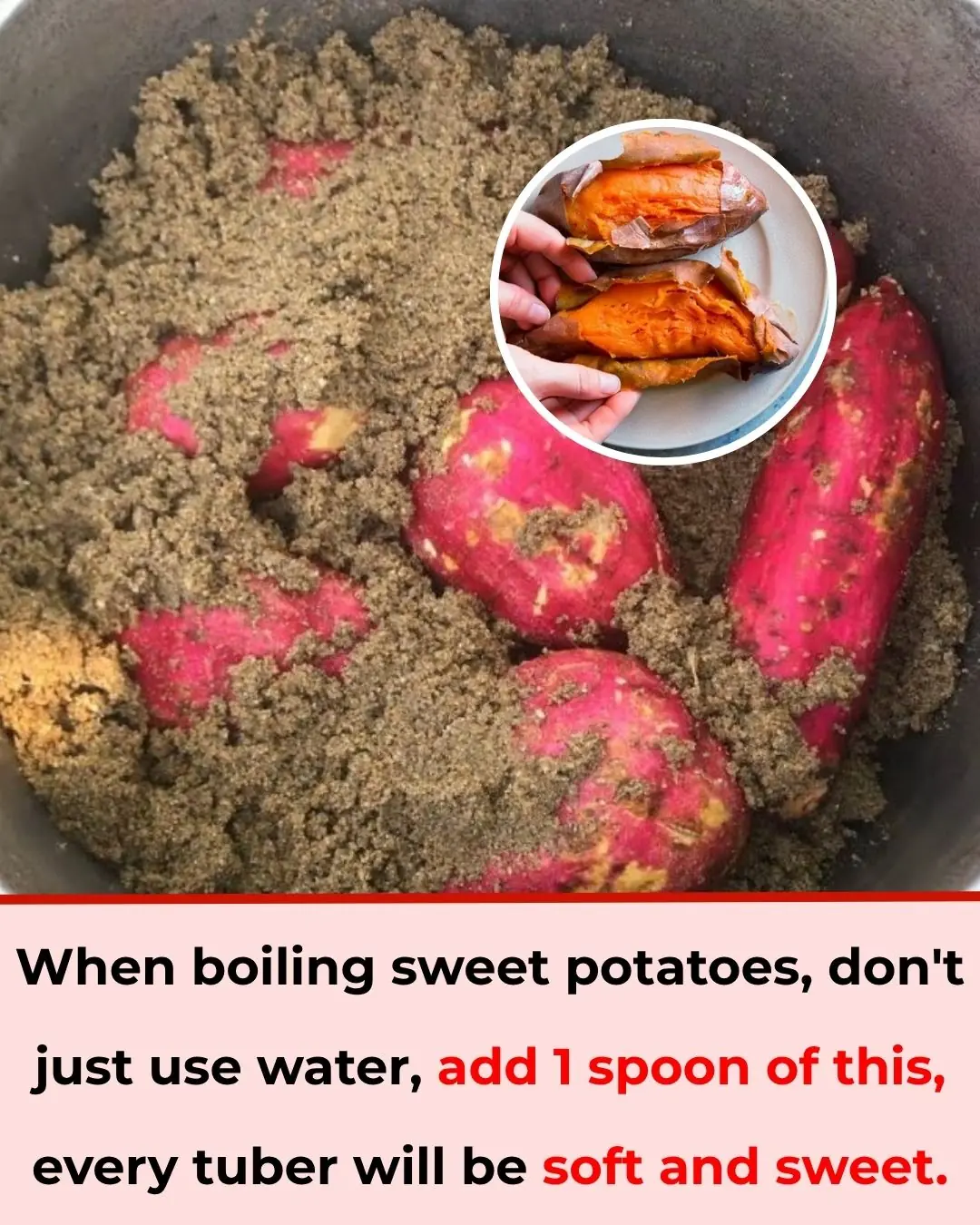
When boiling sweet potatoes, don't just use water, add 1 spoon of this, every tuber will be soft and sweet

Stir-fried beef is tough: Add these 3 steps, the meat will be softer, sweeter, and tastier than in restaurants

The Shoes You Pick Reveal What Kind of Woman You Are

Dead Butt Syndrome Is Real

Stop This Spider From Entering Your Home
